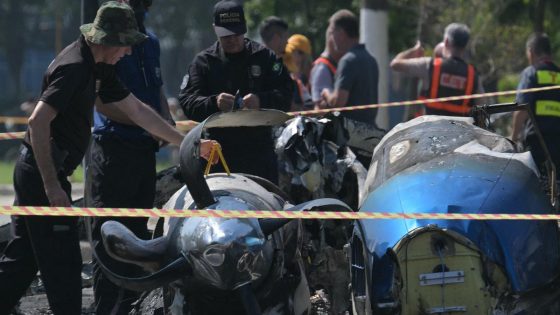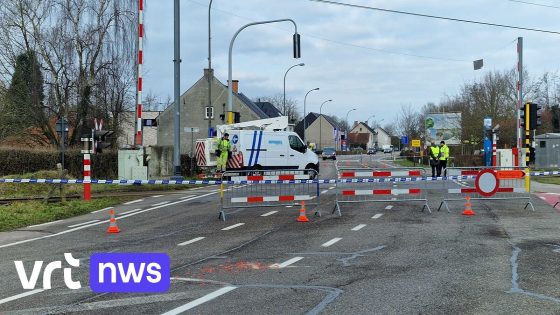A tragic airplane crash occurred shortly after takeoff in São Paulo, claiming the lives of two individuals from Rio Grande do Sul on February 7, 2025. Preliminary reports suggest that a potential engine failure may have caused the accident. How can such incidents be prevented in the future?
- Plane crash occurred shortly after takeoff.
- Engine failure suspected as crash cause.
- Flight was from São Paulo to Porto Alegre.
- Pilot reported difficulties but did not declare emergency.
- Aircraft lacked a black box for data recovery.
- Investigation aims to identify contributing factors.
Investigation Underway for São Paulo Airplane Crash Involving Gaúchos
What really happened during the flight? The aircraft took off from Campo de Marte Airport at 7:17 AM, headed for Porto Alegre. Shortly after takeoff, the pilot reported difficulties and requested to return. Unfortunately, the plane crashed in an urban area, highlighting the critical importance of flight safety.
Key Details of the São Paulo Airplane Incident
The investigation by the Center for Investigation and Prevention of Aeronautical Accidents (Cenipa) has begun, focusing on the aircraft’s engines, which are crucial for understanding the crash. The plane had just undergone maintenance on the day of the accident, raising questions about the effectiveness of pre-flight checks.
- The aircraft experienced engine issues shortly after takeoff.
- The pilot did not declare an emergency before the crash.
- There were no black boxes on board to aid in the investigation.
- Preliminary reports suggest engine malfunction as a potential cause.
Understanding Engine Failure in Aviation
Engine failure can occur due to various factors, including mechanical issues, maintenance oversights, or design flaws. In this case, the absence of a black box complicates the investigation, making engine tests even more critical. What can be done to ensure such failures are minimized in the future?
The Role of Pilot Communication in Emergency Situations
The pilot, Gustavo Medeiros, attempted to communicate difficulties to air traffic control but did not declare an emergency. This raises questions about pilot training and the importance of clear communication during crises. How can pilots be better prepared for such situations?
Implications for Aviation Safety Standards
This tragic incident highlights the need for stringent aviation safety regulations. The investigation will likely lead to recommendations for improved maintenance protocols and pilot training. What changes do you think are necessary to enhance safety in the aviation industry?
































